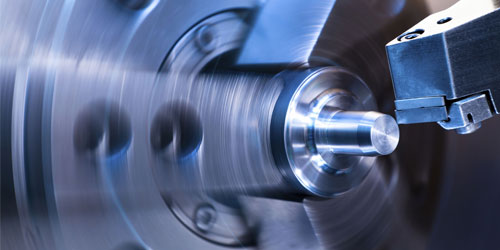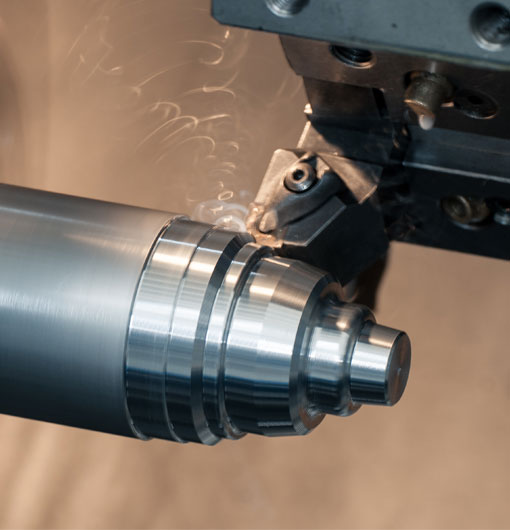Introduction
As CNC machining technology continues to advance, the importance of understanding CNC turning drawings cannot be overstated. This post aims to be a comprehensive guide to help you grasp the essentials of CNC turning drawings, including what they are, why they are crucial, and how to read them.
What are CNC Turning Drawings?
CNC turning drawings are graphical instructions that guide machine operators in producing a part or component with a CNC lathe. These drawings usually contain dimensions, tolerances, surface finishes, and other essential information needed to manufacture the part accurately.
Why are CNC Turning Drawings Important?
1. Effective Communication: CNC turning drawings serve as the primary means of communication between designers, engineers, and machine operators. This ensures that everyone involved in the production process understands the design intent and specifications.
2. Quality Assurance: CNC turning drawings provide guidance on the required standards for dimensions, tolerances, and surface finishes, ensuring that the final product meets the design specifications and quality standards.
3. Production Efficiency: By having a well-prepared turning drawing, operators can efficiently set up the CNC lathe, minimizing trial and error, which ultimately reduces production lead times.
Reading CNC Turning Drawings
Understanding CNC turning drawings requires familiarity with a few key concepts, such as orthographic projections, dimensions, tolerances, and surface finishes.
Orthographic Projections
Orthographic projections are the primary method of representing three-dimensional objects on a two-dimensional drawing. Each view represents a specific side (top, front, or right) of the part, and the combination of these views allows for a comprehensive understanding of the part's geometry.
Dimensions
Dimensions are specified on the drawing to provide information on the size and location of features. Dimension lines are used to indicate the distance between two points, while extension lines show the extent of the feature. It is crucial to read these dimensions carefully, as they dictate the accuracy of the part being produced.
Tolerances
Tolerances are used to provide clear specifications for acceptable dimensional deviations in a part. Tolerances may be specified as:
Bilateral: Indicates equal allowances for both positive and negative deviations from the nominal value.
Unilateral: Indicates an allowance only for either positive or negative deviations from the nominal value.
Surface Finishes
Surface finishes are crucial for parts that require a specific texture or appearance. They are typically represented using a series of symbols or abbreviations, indicating the roughness and surface treatment required for the part.
Tips for Creating CNC Turning Drawings
1. Use standard symbols and abbreviations: This will make it easier for operators to understand the drawing and ensure efficient production.
2. Provide clear dimensions and tolerances: Make sure dimensions and tolerances are easy to read and understand to minimize errors during production.
3. Keep it simple: Avoid unnecessary clutter and confusion by only including relevant information on the drawing.
4. Specify materials and surface finishes: Indicate the materials and surface finishes needed to manufacture the part accurately.
Using CAD Software for CNC Turning Drawings
Many engineers and designers now use CAD (Computer-Aided Design) software to create and edit CNC turning drawings. CAD software provides numerous advantages in creating and verifying CNC turning drawings more efficiently:
Easy manipulation of geometries and dimensions
Automated tolerance and dimension checking
Enhanced visualization of parts in 3D
Ability to export the drawing directly to CNC machines
Popular CAD software for creating CNC turning drawings includes AutoCAD, SolidWorks, Fusion 360, and Inventor.
In Summary
CNC turning drawings are essential in the manufacturing process, as they provide clear instructions for machine operators to produce parts accurately and efficiently. Understanding their purpose and learning to read them is crucial for anyone involved in CNC machining. By making use of CAD software and applying best practices, it is possible to create high-quality CNC turning drawings that help streamline the production process and ensure accurate and consistent results.
With this comprehensive guide, we hope you have a better understanding of CNC turning drawings, their importance, and how to read them effectively.
cnc turning drawing













